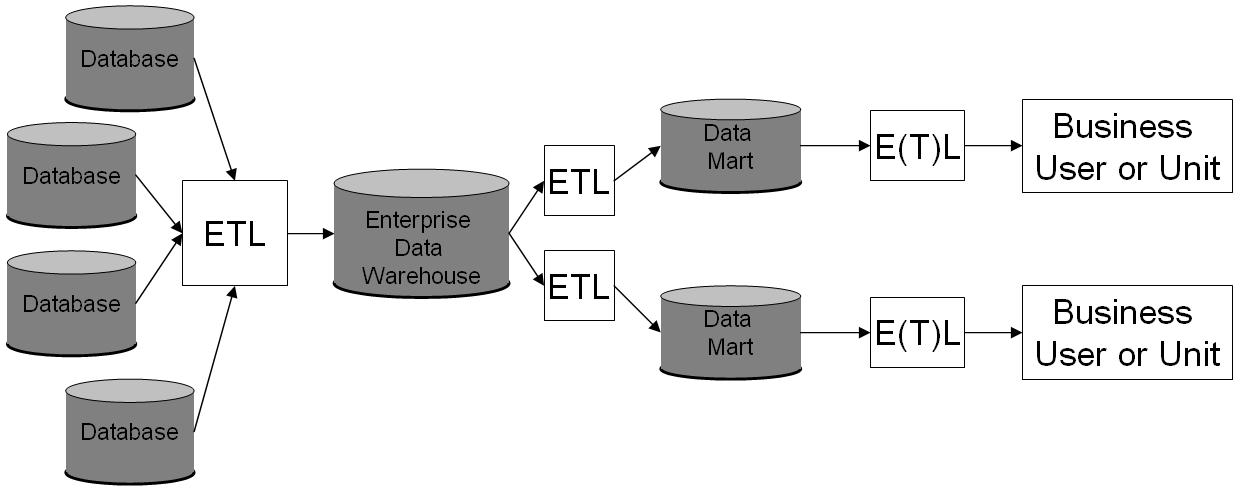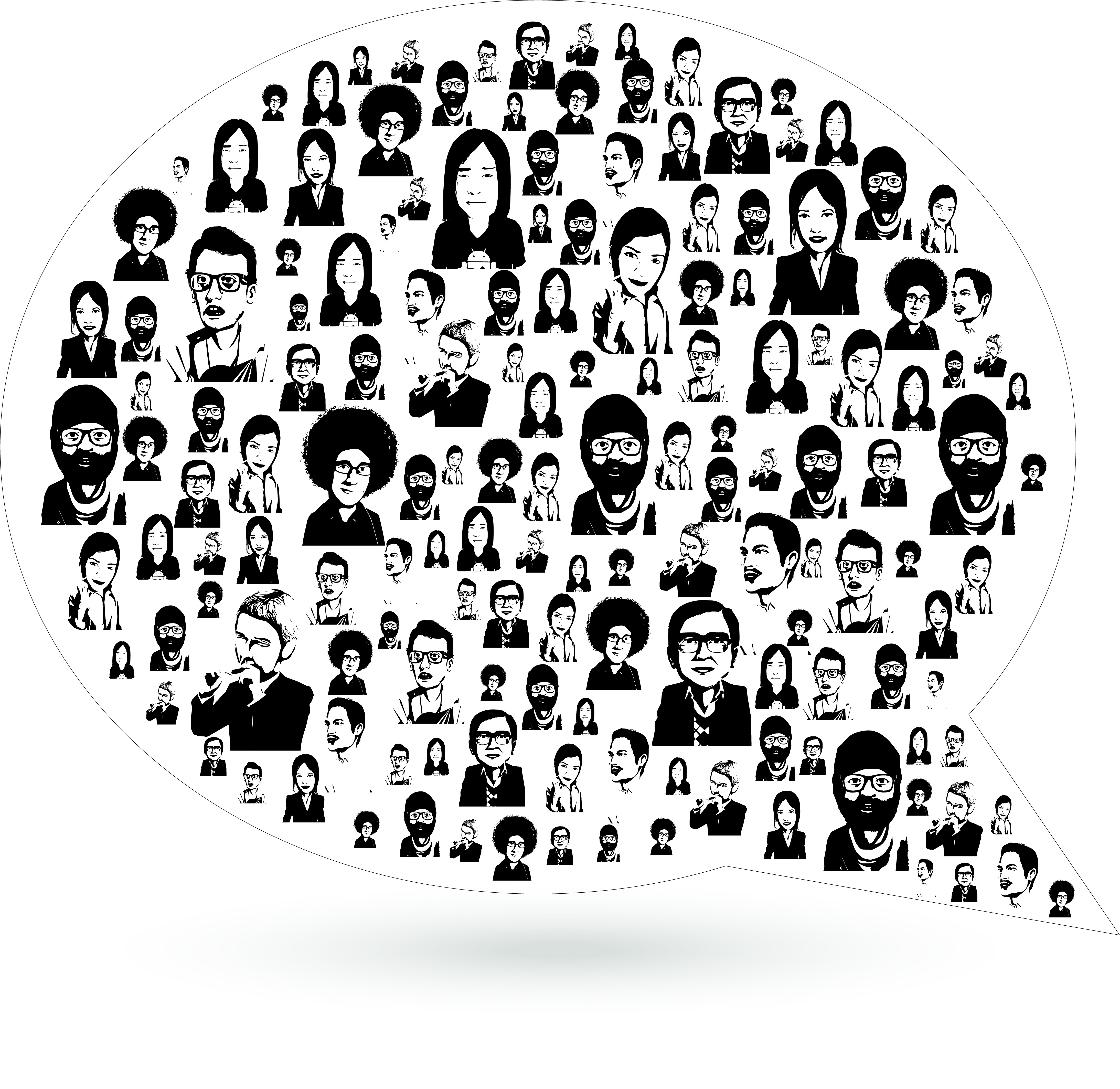|
Web Intelligence
Web intelligence is the area of scientific research and development that explores the roles and makes use of artificial intelligence and information technology for new products, services and frameworks that are empowered by the World Wide Web. The term was coined in a paper written by Ning Zhong, Jiming Liu Yao and Y.Y. Ohsuga in the Computer Software and Applications Conference in 2000. Research The research about the web intelligence covers many fields – including data mining (in particular web mining), information retrieval, pattern recognition, predictive analytics, the semantic web, web Data warehouse, data warehousing – typically with a focus on web personalization and adaptive websites. References External links Web Intelligence Journal PageWeb Intelligence Consortium an international, non-profit organization dedicated to advancing worldwide scientific research and industrial development in the field of Web Intelligence Web intelligence Research Group at Universi ... [...More Info...] [...Related Items...] OR: [Wikipedia] [Google] [Baidu] |
Artificial Intelligence
Artificial intelligence (AI) is intelligence—perceiving, synthesizing, and inferring information—demonstrated by machines, as opposed to intelligence displayed by animals and humans. Example tasks in which this is done include speech recognition, computer vision, translation between (natural) languages, as well as other mappings of inputs. The ''Oxford English Dictionary'' of Oxford University Press defines artificial intelligence as: the theory and development of computer systems able to perform tasks that normally require human intelligence, such as visual perception, speech recognition, decision-making, and translation between languages. AI applications include advanced web search engines (e.g., Google), recommendation systems (used by YouTube, Amazon and Netflix), understanding human speech (such as Siri and Alexa), self-driving cars (e.g., Tesla), automated decision-making and competing at the highest level in strategic game systems (such as chess and Go). ... [...More Info...] [...Related Items...] OR: [Wikipedia] [Google] [Baidu] |
Data Warehouse
In computing, a data warehouse (DW or DWH), also known as an enterprise data warehouse (EDW), is a system used for Business reporting, reporting and data analysis and is considered a core component of business intelligence. DWs are central Repository (version control), repositories of integrated data from one or more disparate sources. They store current and historical data in one single place that are used for creating analytical reports for workers throughout the enterprise. The data stored in the warehouse is uploaded from the operational systems (such as marketing or sales). The data may pass through an operational data store and may require data cleansing for additional operations to ensure data quality before it is used in the DW for reporting. Extract, transform, load (ETL) and extract, load, transform (ELT) are the two main approaches used to build a data warehouse system. ETL-based data warehousing The typical extract, transform, load (ETL)-based data warehouse uses ... [...More Info...] [...Related Items...] OR: [Wikipedia] [Google] [Baidu] |
Big Data
Though used sometimes loosely partly because of a lack of formal definition, the interpretation that seems to best describe Big data is the one associated with large body of information that we could not comprehend when used only in smaller amounts. In it primary definition though, Big data refers to data sets that are too large or complex to be dealt with by traditional data-processing application software. Data with many fields (rows) offer greater statistical power, while data with higher complexity (more attributes or columns) may lead to a higher false discovery rate. Big data analysis challenges include capturing data, data storage, data analysis, search, sharing, transfer, visualization, querying, updating, information privacy, and data source. Big data was originally associated with three key concepts: ''volume'', ''variety'', and ''velocity''. The analysis of big data presents challenges in sampling, and thus previously allowing for only observations and sampling. ... [...More Info...] [...Related Items...] OR: [Wikipedia] [Google] [Baidu] |
Crowdsourcing
Crowdsourcing involves a large group of dispersed participants contributing or producing goods or services—including ideas, votes, micro-tasks, and finances—for payment or as volunteers. Contemporary crowdsourcing often involves digital platforms to attract and divide work between participants to achieve a cumulative result. Crowdsourcing is not limited to online activity, however, and there are various historical examples of crowdsourcing. The word crowdsourcing is a portmanteau of "crowd" and " outsourcing". In contrast to outsourcing, crowdsourcing usually involves less specific and more public groups of participants. Advantages of using crowdsourcing include lowered costs, improved speed, improved quality, increased flexibility, and/or increased scalability of the work, as well as promoting diversity. Crowdsourcing methods include competitions, virtual labor markets, open online collaboration and data donation. Some forms of crowdsourcing, such as in "idea competiti ... [...More Info...] [...Related Items...] OR: [Wikipedia] [Google] [Baidu] |
Artificial Intelligence
Artificial intelligence (AI) is intelligence—perceiving, synthesizing, and inferring information—demonstrated by machines, as opposed to intelligence displayed by animals and humans. Example tasks in which this is done include speech recognition, computer vision, translation between (natural) languages, as well as other mappings of inputs. The ''Oxford English Dictionary'' of Oxford University Press defines artificial intelligence as: the theory and development of computer systems able to perform tasks that normally require human intelligence, such as visual perception, speech recognition, decision-making, and translation between languages. AI applications include advanced web search engines (e.g., Google), recommendation systems (used by YouTube, Amazon and Netflix), understanding human speech (such as Siri and Alexa), self-driving cars (e.g., Tesla), automated decision-making and competing at the highest level in strategic game systems (such as chess and Go). ... [...More Info...] [...Related Items...] OR: [Wikipedia] [Google] [Baidu] |
Adaptive Website
An adaptive website is a website that builds a model of user activity and modifies the information and/or presentation of information to the user in order to better address the user's needs. Overview An adaptive website adjusts the structure, content, or presentation of information in response to measured user interaction with the site, with the objective of optimizing future user interactions. Adaptive websites "are web sites that automatically improve their organization and presentation by learning from their user access patterns." User interaction patterns may be collected directly on the website or may be mined from Web server logs. A model or models are created of user interaction using artificial intelligence and statistical methods. The models are used as the basis for tailoring the website for known and specific patterns of user interaction. Techniques * The collaborative filtering method: Collected user data may be assessed in aggregate (across multiple users) using m ... [...More Info...] [...Related Items...] OR: [Wikipedia] [Google] [Baidu] |
Web Personalization
Personalization (broadly known as customization) consists of tailoring a service or a product to accommodate specific individuals, sometimes tied to groups or segments of individuals. A wide variety of organizations use personalization to improve customer satisfaction, digital sales conversion, marketing results, branding, and improved website metrics as well as for advertising. Personalization is a key element in social media and recommender systems. Personalization is affecting every sector of society -- work, leisure, and citizenship. History of Personalization The idea of personalization is rooted in ancient rhetoric as part of the practice of an agent or communicator being responsive to the needs of the audience. When industrialization led to the rise of mass communication, the practice of message personalization diminished for a time. But the significant increase in the number of mass media outlets that use advertising as a primary revenue stream, and as they sought to at ... [...More Info...] [...Related Items...] OR: [Wikipedia] [Google] [Baidu] |
Information Technology
Information technology (IT) is the use of computers to create, process, store, retrieve, and exchange all kinds of data . and information. IT forms part of information and communications technology (ICT). An information technology system (IT system) is generally an information system, a communications system, or, more specifically speaking, a computer system — including all hardware, software, and peripheral equipment — operated by a limited group of IT users. Although humans have been storing, retrieving, manipulating, and communicating information since the earliest writing systems were developed, the term ''information technology'' in its modern sense first appeared in a 1958 article published in the ''Harvard Business Review''; authors Harold J. Leavitt and Thomas L. Whisler commented that "the new technology does not yet have a single established name. We shall call it information technology (IT)." Their definition consists of three categories: techniques for pro ... [...More Info...] [...Related Items...] OR: [Wikipedia] [Google] [Baidu] |
Predictive Analytics
Predictive analytics encompasses a variety of statistical techniques from data mining, predictive modeling, and machine learning that analyze current and historical facts to make predictions about future or otherwise unknown events. In business, predictive models exploit patterns found in historical and transactional data to identify risks and opportunities. Models capture relationships among many factors to allow assessment of risk or potential associated with a particular set of conditions, guiding decision-making for candidate transactions. The defining functional effect of these technical approaches is that predictive analytics provides a predictive score (probability) for each individual (customer, employee, healthcare patient, product SKU, vehicle, component, machine, or other organizational unit) in order to determine, inform, or influence organizational processes that pertain across large numbers of individuals, such as in marketing, credit risk assessment, fraud detecti ... [...More Info...] [...Related Items...] OR: [Wikipedia] [Google] [Baidu] |
Pattern Recognition
Pattern recognition is the automated recognition of patterns and regularities in data. It has applications in statistical data analysis, signal processing, image analysis, information retrieval, bioinformatics, data compression, computer graphics and machine learning. Pattern recognition has its origins in statistics and engineering; some modern approaches to pattern recognition include the use of machine learning, due to the increased availability of big data and a new abundance of processing power. These activities can be viewed as two facets of the same field of application, and they have undergone substantial development over the past few decades. Pattern recognition systems are commonly trained from labeled "training" data. When no labeled data are available, other algorithms can be used to discover previously unknown patterns. KDD and data mining have a larger focus on unsupervised methods and stronger connection to business use. Pattern recognition focuses more on the s ... [...More Info...] [...Related Items...] OR: [Wikipedia] [Google] [Baidu] |






